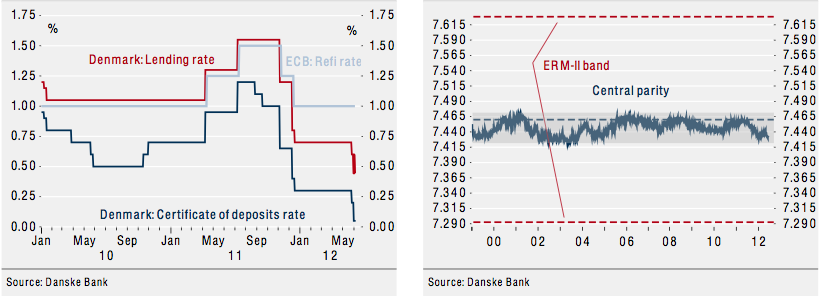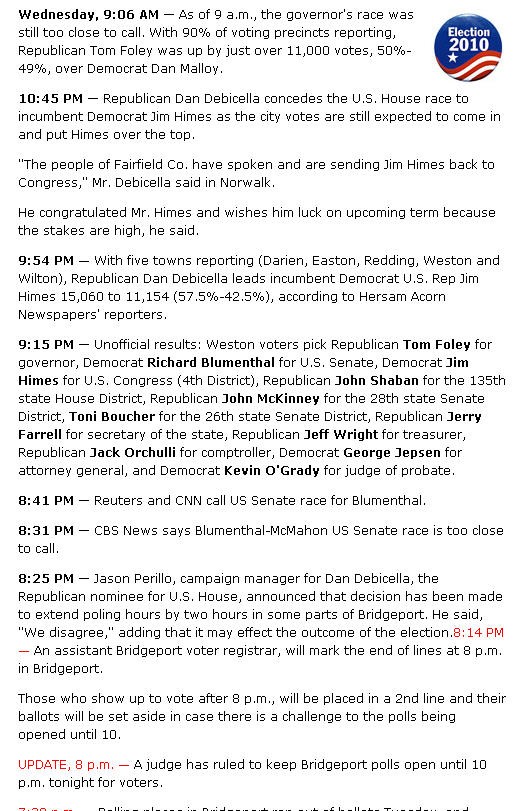Guest column Food programs cuts would be poundfoolish Herald Bulletin Columns
Post on: 16 Март, 2015 No Comment

images_sizedimage_125062843
Posted: Thursday, August 11, 2011 8:59 pm
Anderson resident Herald Bulletin
Food banks are highly efficient and resourceful public-private partnerships that provide food to over 37 million Americans across the nation who are hungry. However, over the last two years, we as a local food bank and a national network have been hit by a vicious one-two punch of unprecedented high demand and a significant decrease in available food resources.
Here in our community, Second Harvest Food Bank of East Central Indiana has seen a 59 percent increase in the number of clients served through the Tailgate Program, our mobile pantry, since 2009. And know that our food pantries throughout the region are also struggling to keep up with similar increases in need.
Last week, Washington averted a potentially disastrous government default by coming to terms to raise the nation’s debt ceiling. But while many breathed a sigh of relief, we just took a deep breath. That’s because the fight to protect hungry families is just beginning. Though the nation averted a potential disaster, the crisis facing struggling families and the food banks that serve them continues. Addressing the debt ceiling was just the first of many high hurdles we are depending on our elected leaders to clear, as they must now make critical decisions about which programs to fund — and which to cut.
With all discretionary programs on the table for cuts, any cuts made to anti-hunger programs will put further pressure on the food supply at our food bank when demand continues at an all-time high. Additionally, cutting other low-income programs would further increase demand for food assistance when we are already serving a lot more with a lot less.
Food is a basic human need. Hungry children can’t learn in school and encounter developmental difficulties, parents are less productive at work and more stressed at home, and our elderly are more likely to get sick and frail. This is a struggle shared by over 50 million Americans who do not have consistent access to food, including 1,027,600 Hoosiers and 80,600 residents of east central Indiana.

While the social cost of hunger is high, it is only eclipsed by the economic cost of hunger, the effects of which lead to higher costs in health care, education, elder care and work force readiness. In this way, anti-hunger programs are more than just a safety net for families. They are investments in our communities. These programs not only help to assuage the physical pangs of hunger in our clients, but they also lead to savings through cost avoidance in health care and education and through higher productivity.
Cutting programs like The Emergency Food Assistance Program (TEFAP), which provides high quality, nutritious food for food banks to distribute; the Commodity Supplemental Food Program (CSFP), which provides a nutritionally appropriate box of food for low-income seniors; and the Special Supplemental Nutrition Program for Women, Infants and Children (WIC), which serves over half of the infants in America, would trade meager savings today for higher overall costs in the future. This would be pennywise and pound-foolish.
As Congress and the Obama administration continue to make difficult decisions this year about our national priorities, it is imperative that they do not take food away from the millions of hungry Americans. With unemployment still stubbornly high, investing in domestic hunger programs is not only the right thing to do, but it also makes fiscal sense. These programs allow us to take care of our most vulnerable, build our communities and lead to savings in health care and education down the road.
Lois Rockhill, an Anderson resident, is executive director of Second Harvest Food Bank of East Central Indiana Inc. located in Muncie .














